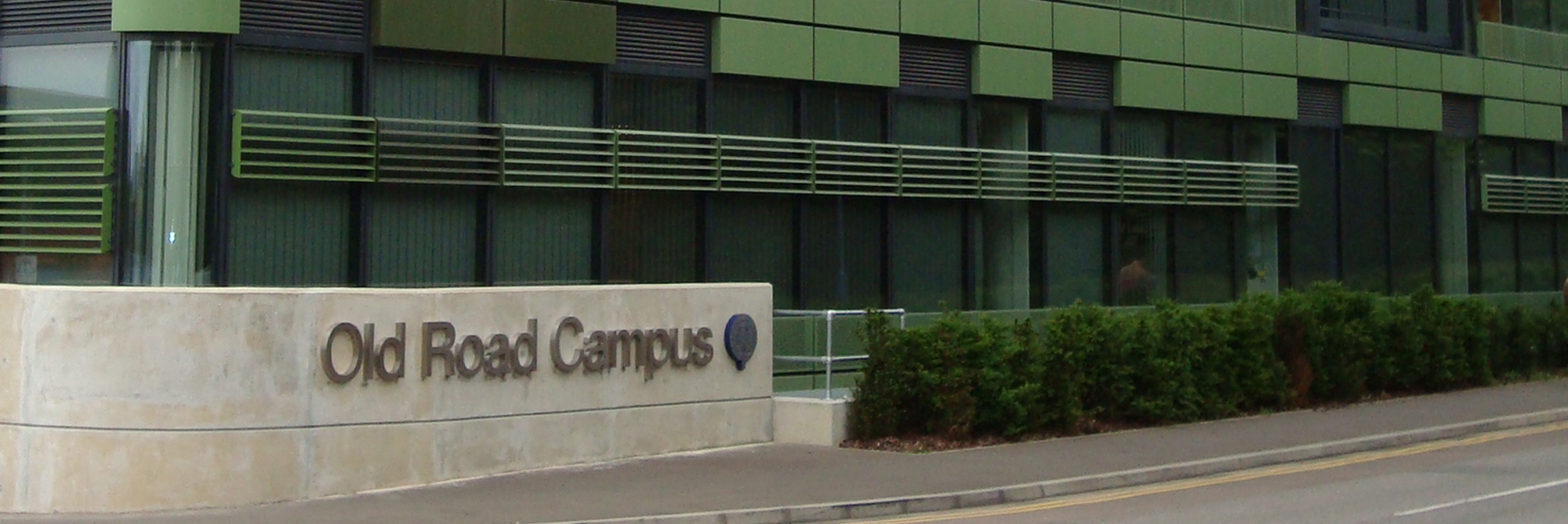MIDAS study of Impacted Fetal Head at Caesarean Section
Key points
- Emergency caesarean sections (CS) performed in the second stage are increasing.
- Emergency CS carries a greater risk of complications for the mother and the baby than elective CS or a CS earlier in labour.
- Complications are usually related to manipulations required to deliver the baby.
- There is currently no national guidance on what techniques to employ for management of an impacted fetal head at CS.
Surveillance Period
1st March 2019 – 31st August 2019 (6 months only)
Background
Caesarean section accounts for 26% of all deliveries in the UK[1] of which at least 5% are done at full dilatation (and it is believed that this is on the increase[2]). Emergency CS performed in the second stage of labour carries a greater risk of complications for the mother and baby than elective CS or a CS earlier in labour[3]. In particular, it may be complicated by the fetal head being deeply impacted in the maternal pelvis[4]. There may be moulding of the head in the pelvis making it technically more challenging for the surgeon to reach beneath the head leading to longer delivery times. Due to the nature of the second stage, the uterus is thinned and stretched by labour making uterine tears more likely. Complications are usually related to manipulations required to deliver the baby and risks of complications for both mother and baby are further increased if there has been a prior unsuccessful attempt at instrumental delivery[5]. There is currently no national guidance on management of impacted fetal head at CS.
Objective
To use the UK Obstetric Surveillance System (UKOSS) to determine the incidence and consequences of impacted fetal head at the time of Caesarean section at full dilatation in the UK.
Research questions
- What is the current incidence of CS in the second stage of labour in the NHS?
- In what proportion of emergency CS during the second stage of labour is the fetal head impacted, and of these how many require a specific technique to disimpact the head?
- How many cases of impacted fetal head occur after attempted instrumental delivery, which type of instrument was used and what type of anaesthetic was used for the CS?
- What is the incidence of infant birth trauma following diagnosis of impacted head in the NHS, and what types of birth trauma occur?
- What techniques were used to disimpact the fetal head in cases where infant birth trauma has been identified before the baby is discharged from hospital?
- Are there any identifiable risk factors for an increased risk of infant birth trauma following an impacted fetal head during emergency CS in the second stage of labour?
- What adverse maternal outcomes, before discharge from hospital, are associated with an impacted fetal head during an emergency CS during the second stage of labour?
Case definition
MIDAS study of Impacted Fetal Head at Caesarean Section will be collecting the following:
Second Stage Caesarean Sections (numbers only)
Any woman with a singleton fetus in cephalic presentation who had an emergency caesarean section during the second stage of labour (ie. when the cervix was fully dilated).
Second Stage Caesarean Sections with prior attempt at operative vaginal delivery (numbers only)
Any woman with a singleton fetus in cephalic presentation who had an emergency caesarean section during the second stage of labour (ie. when the cervix was fully dilated after a prior attempt at operative vaginal delivery.
Second Stage Caesarean Sections with Impacted Fetal Head (detailed data)
Any woman with a singleton fetus in cephalic presentation who had an emergency caesarean section during the second stage of labour (ie. when the cervix was fully dilated) in whom delivery required tocolysis or a technique to assist delivery of the fetal head (prophylactically or as a result of difficulty with delivery) or where the operating surgeon deemed there to be 'difficulty' in delivering the fetal head.
Funding
This study is being funded by the NIHR HTA programme as part of a wider project entitled MIDAS (Management of an impacted fetal head during emergency caesarean section).
Ethics committee approval
This study has been approved by the North London REC1 (Ref. Number: 10/H0717/20).
Lead Investigator
Dr Kate Walker, Queen's Medical Centre, Nottingham.
Sample Data Collection Form
UKOSS Impacted Fetal Head Data Collection Form
References
- ^ NHS Maternity Statistics – England 2013-14. In. London: Office of National Statistics; 2015.
- ^ NHS Maternity Statistics – England 2011-2012. In. Health and Social Care Information Centre; 2012.
- ^ Allen VM, O'Connell CM, Baskett TF: Maternal and perinatal morbidity of caesarean delivery at full cervical dilatation compared with caesarean delivery in the first stage of labour. BJOG 2005, 112(7):986-990.
- ^ Levy R, Chernomoretz T, Appelman Z, Levin D, Or Y, Hagay ZJ: Head pushing versus reverse breech extraction in cases of impacted fetal head during Caesarean section. Eur J Obstet Gyn R B 2005, 121(1):24-26.
- ^ Davis G, Fleming T, Ford K, Mouawad MR, Ludlow J: Caesarean section at full cervical dilatation. Aust Nz J Obstet Gyn 2015, 55(6):565-571.


